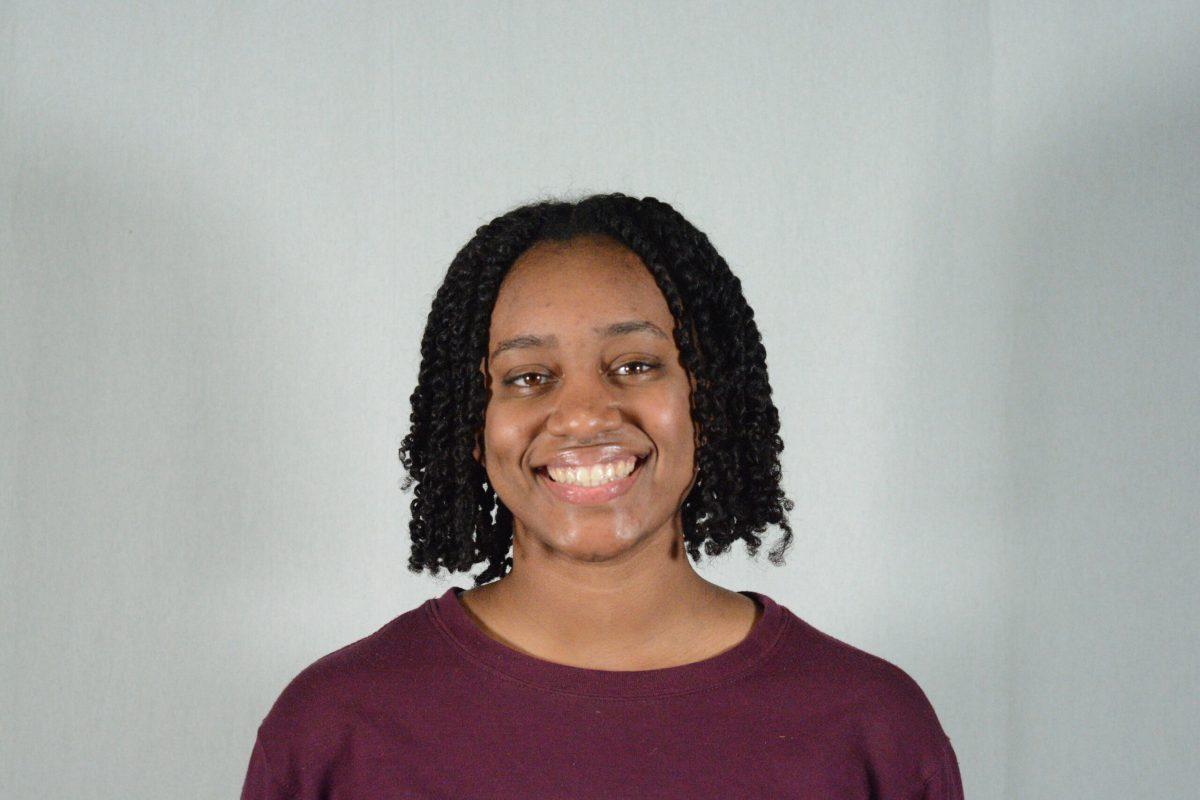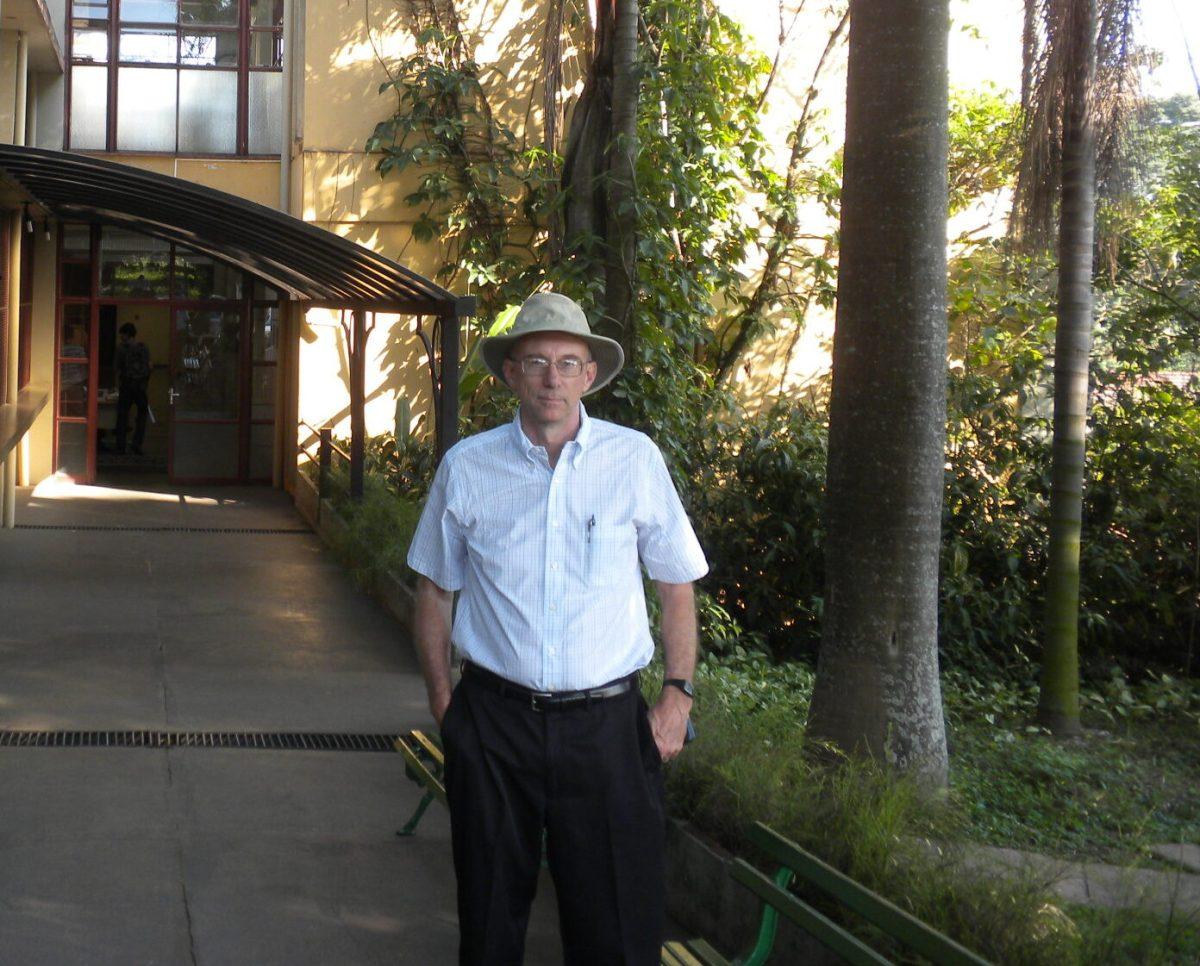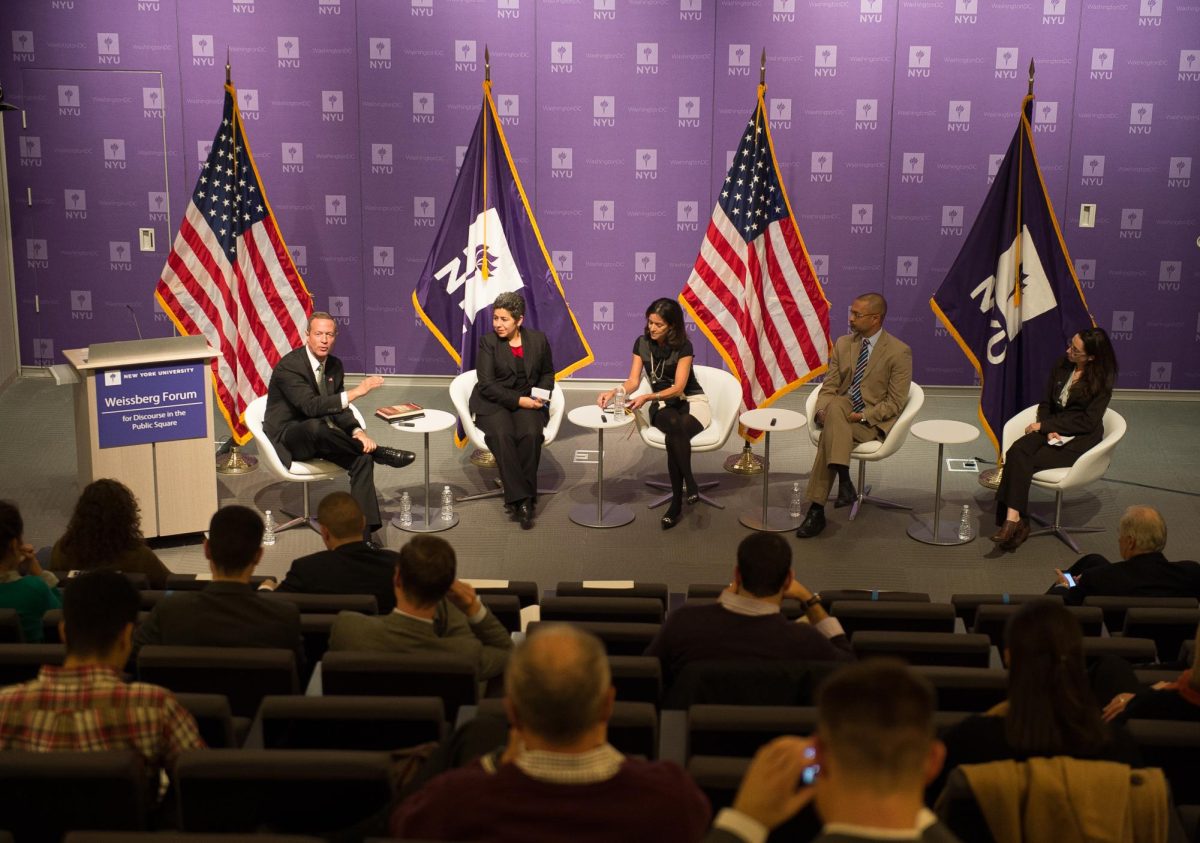Kevin Moye | Staff Writer
When you envision an extremist attack, what is the first thing to come to your mind? For much of the public, years of demonization by both the media and the public have caused us to register extremism with Islamic radicals. A closer look at the numbers involving extremist attacks in the United States paints a much different portrait. The majority of extremist attacks in the United States since 2014 have come from far right-wing radicals.
The demographics for this group are clear: young, white and male. At a university that has an abundance of this demographic, it should be of high priority to ensure that susceptible students do not go down the rabbit hole of extremism.
Just as we should not stereotype Islam as the root cause of Islamic terrorism, we should not mischaracterize all right-wing ideology as the cause of all extremist terror. Instead, we should be critical of segments of any ideology that lead to extremist tendencies. As college students, we must be the most aware of what these ideologies can manifest into.
For right-wing terrorism, there are a number of reasons why the path may lead some to its more insidious territories. One of the reasons why right-wing extremism is growing is because of the internet and social media helping to enlarge its presence.
What was once only discussed in isolated groups has become an open matter for all to reason with. The increased online presence has been vital in recruiting young people into these dark movements.
The shifting of our politics has also played a key role in the path to radicalization for many of these extremists. The election of Donald Trump effectively normalized far right-wing ideologies with his explicitly xenophobic rhetoric and policies.
Trump’s rhetoric on shifting demographics plays directly into the narratives right-wing extremists are trying to peddle. When the president of the US says that our country must adopt a Muslim ban, it works to legitimize the rhetoric of a racist extremist that antagonizes Muslims.
Impressionable white males are prime targets for being swayed by these ideas. Because they are the ones with the most to lose from demographic changes. As inherent racial advantages are removed, young white men are the likely candidates to act on the toxic ideas being spread.
It is the very reason why the crypro-fascist “It’s Okay to Be White” flyers were posted around campus months ago. The demographic that would be seeing the message also happens to be the one that is the most receptive to it. A seemingly innocuous message about white identity can lead to sympathy for white-identity politics that creates right-wing terror attacks.
Even at NC State, there are a handful of avenues that could lead impressionable students into the den of extremism. An organization like Turning Point USA is the prototypical version of an extremist pipeline.
On its surface, the organization claims to be a club that is simply in favor of small government and free market capitalism. As one digs deeper into the organization, they will uncover a number of far-right ideas espoused by the faces of the organization, such as the Director of Communications, claiming racism no longer exists.
NC State needs to do a better job at ensuring that our campus does not become a breeding ground for right-wing extremism. Getting rid of Turning Point should not be an option as they are entitled to their free speech rights, but the university should make it clear that they completely disavow some of the more toxic rhetoric that is disseminated by some of the high ranking members within the organization.
The university should also ensure that attempts to spread harmful right-wing ideology on campus are shut down. While the university assured the student body that they were monitoring the spread of It’s Okay to be White posters, there was no actual repudiation of the white nationalist propaganda and no explanation to students about why these statements are harmful.
Radicalization is a process that is much closer to our daily lives than many may think it is. Both students and the university must ensure that this process to radicalization continues to be suppressed.













